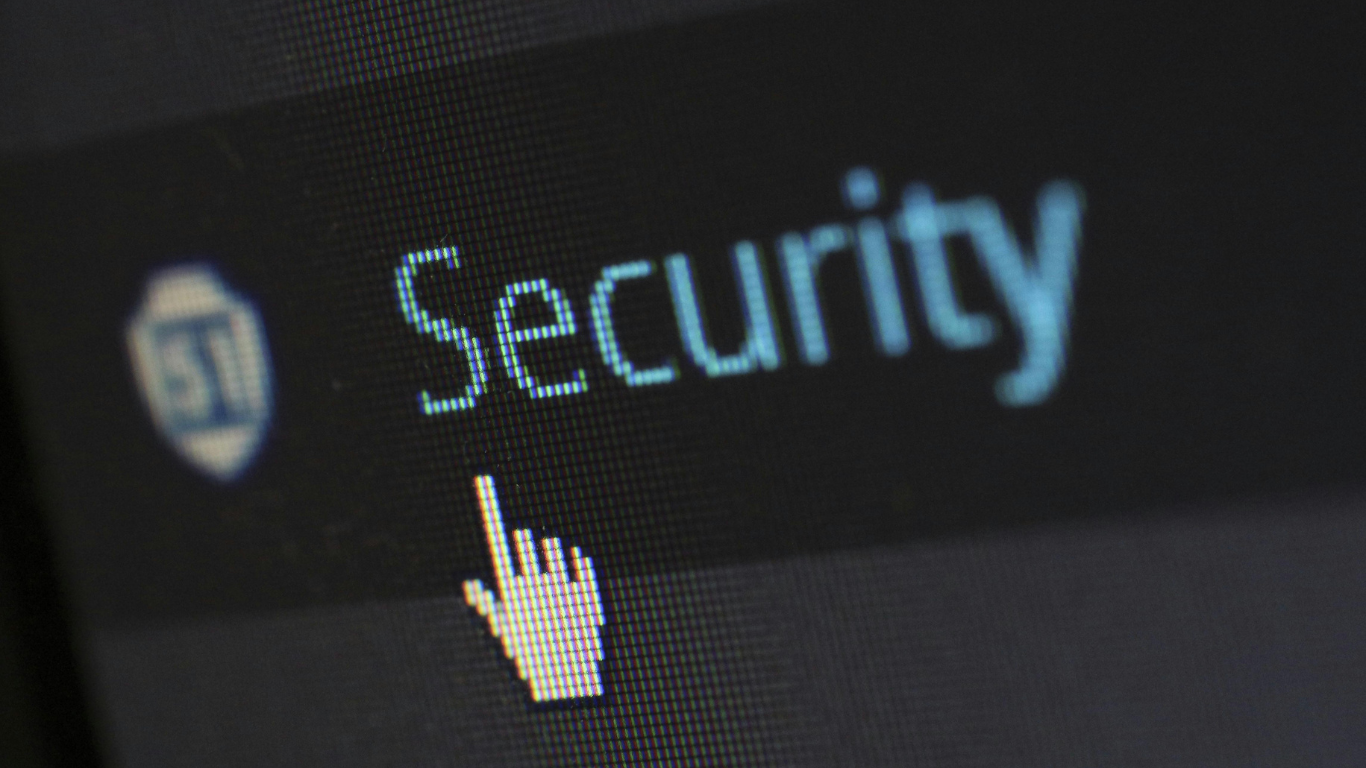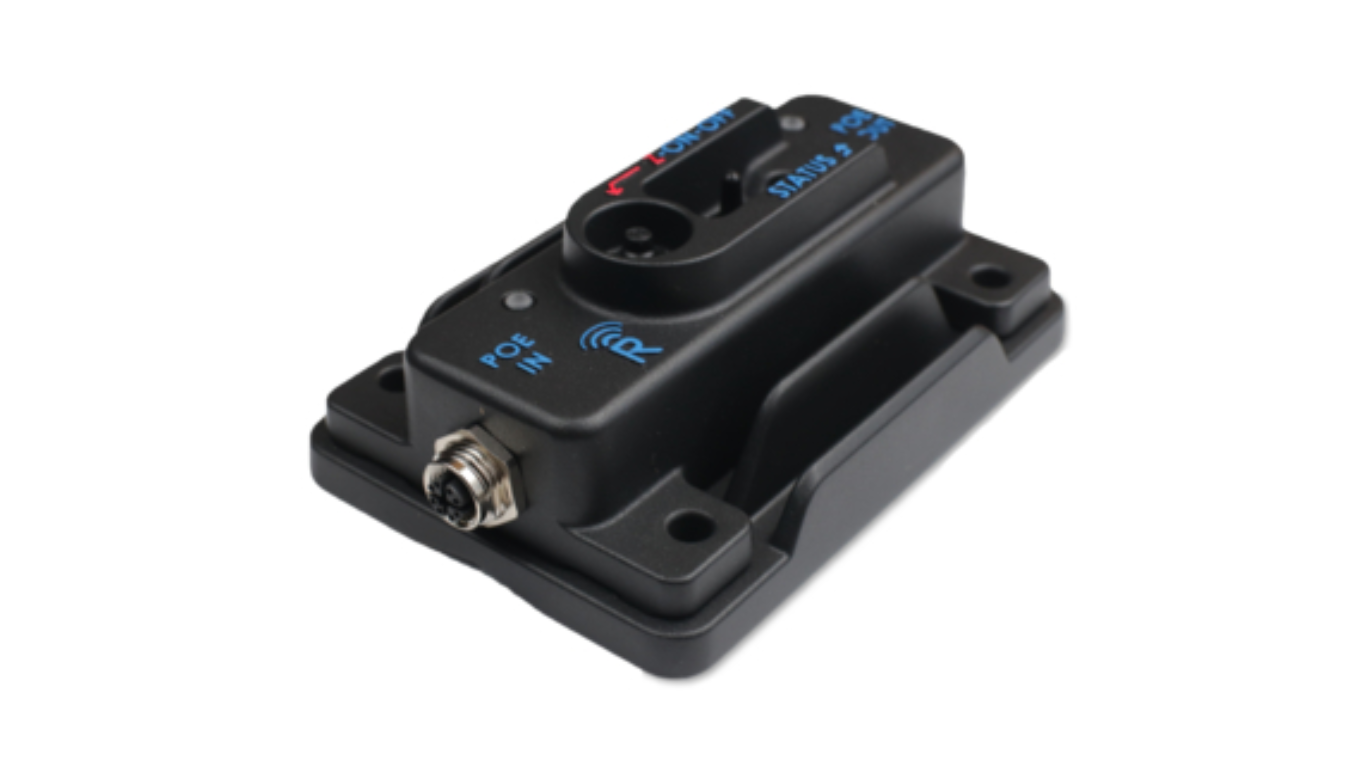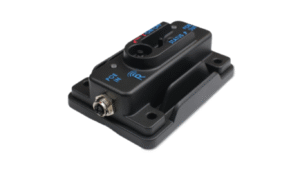Voice over Internet Protocol (VoIP) has revolutionized how businesses communicate, offering cost-effective, flexible, and scalable phone systems. From small startups to large corporations, companies are increasingly moving away from traditional phone lines and embracing VoIP solutions. With these benefits come cybersecurity risks that can jeopardize sensitive information, disrupt communications, and even lead to financial losses. Understanding cybersecurity for VoIP setup is critical for any business looking to safeguard its operations and maintain customer trust. In this article, we will explore key measures and best practices every organization should implement when adopting VoIP.
Secure Network Infrastructure
The backbone of a reliable VoIP setup starts with having a properly secured network. Because VoIP depends on internet connectivity to transmit voice signals, it becomes vulnerable to cyberattacks if the network lacks protection. Organizations should deploy firewalls along with virtual private networks (VPNs) to safeguard and manage traffic. Separating the VoIP system from other internal networks helps minimize unauthorized entry. Employing hardened routers, applying firmware updates, and requiring robust Wi-Fi passwords are all important practices. By strengthening the network in this way, businesses effectively limit the chances of interception.
Monitoring and Intrusion Detection
Monitoring and intrusion detection are important safeguards for ensuring secure VoIP systems. Cyberattacks often go unnoticed until they cause significant damage, making real-time monitoring a critical safeguard. Businesses should use intrusion detection systems (IDS) to identify unusual patterns, such as irregular call activity, repeated login failures, or unexpected data transfers. Implementing a Bespoke VoIP Setup, for example, can ensure tailored monitoring solutions that match specific business needs and security requirements. Detailed logs of calls, administrative changes, and network traffic support faster responses to incidents. With effective monitoring, companies can quickly detect threats and minimize risks before they escalate.
Strong Authentication Practices
Authentication provides an important layer of protection for all VoIP systems. Weak passwords and default login credentials can provide hackers with easy entry points. Businesses should implement strong, unique passwords for all VoIP accounts and administrative portals, with regular updates to prevent breaches. Multi-factor authentication (MFA) adds another layer of protection, requiring users to verify their identity through additional methods, such as mobile verification codes. By enforcing strict authentication practices, organizations can significantly reduce the likelihood of unauthorized access and ensure that only authorized personnel can manage or use the VoIP system.
Encryption of Voice Traffic
Encryption remains critical for ensuring confidentiality and privacy within all VoIP communications. Voice data sent across the internet is vulnerable to interception without encryption applied. Using protocols like Secure Real-Time Transport Protocol (SRTP) ensures that voice traffic is encrypted end-to-end, protecting conversations from interception, tampering, or manipulation by unauthorized third parties attempting malicious access. Transport Layer Security (TLS) can be used for signaling encryption, safeguarding the setup and control messages of the VoIP system. Encryption protects sensitive business communications and helps organizations comply with privacy regulations and build trust with clients.

Regular Software Updates and Patch Management
VoIP software, like any other technology, is vulnerable to security flaws that can be exploited by cybercriminals. Regularly updating VoIP applications, firmware, and operating systems is crucial to patch known vulnerabilities. Implementing an automated patch management system can help businesses stay ahead of emerging threats, significantly and effectively reducing the risk of malware infections or unauthorized access. Keeping all software components updated ensures compatibility with security protocols and helps maintain system performance. A proactive approach to updates and patches is an important part of long-term VoIP security management.
Employee Training and Awareness
Even advanced VoIP security measures may still be undermined through unavoidable human error. Employees play a critical role in maintaining system security, and training them to recognize potential threats is important. Regular cybersecurity awareness sessions should cover topics such as phishing, social engineering, secure password practices, and safe use of VoIP devices. Encouraging staff to report suspicious activity and fostering a culture of security vigilance can significantly reduce vulnerabilities. By empowering employees with knowledge and responsibility, businesses strengthen their VoIP security posture and reduce the risk of preventable breaches.
Implementing a secure VoIP system requires a multi-layered approach that addresses technology and human factors. From securing the network and using strong authentication methods to encrypting traffic, applying software updates, monitoring activity, and training employees, each measure contributes to a robust security framework. Businesses prioritizing VoIP cybersecurity safeguard sensitive communications, ensure operational continuity, and strengthen trust with clients and important stakeholders. As VoIP adoption continues to grow, following these important parts will ensure that your business can enjoy the benefits of modern communication without compromising security.
Article received via email






























